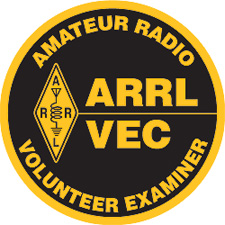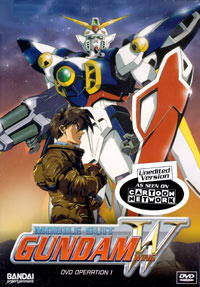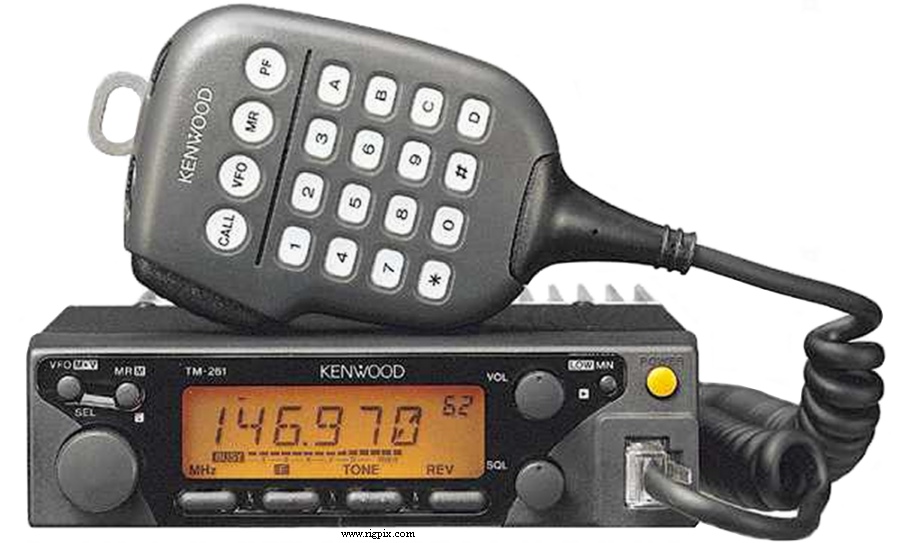It has been a while since I posted here on this blog. As for that poll, don't worry; I will cover the topic on the history of licensing very soon, probably next weekend during any studying breaks from final exams. I have had so much on my plate, hence forth why I haven't posted in so long. I am just going to be talking about my future plans: both personally and in the amateur radio community as a whole since awareness has been really widespread thanks to the show "Last Man Standing" and the episode The Fight and a recent Burger King commercial for their Chipotle Chicken sandwich, which you can watch it here
Before I continue with what I have to say, I have a major announcment to make. I recently decided to become a Voulenteer Examiner, or VE for short (Not to be confused with Canadian amateur prefixes.) The Voulenteer Exam Coordinator I am working with is through the ARRL, which is very convenient since most amateur radio clubs are involved with that particular Voulenteer Exam Coordinator.

(Logo for ARRL/VEC)
For my contingency plan for college, I am going to attend SUNYIT in Utica, which is about an hour and twenty minutes southeast of my home QTH. I am hoping to set up an amateur radio club at SUNYIT as well and hopefully bring in some fresh faces that could gain their licenses and help with operating on the air. Over this summer, the ham shack (aka my bedroom) is getting an overhaul! A new antenna setup will be installed, as I am debating over a full G5RV (ZS6BKW Optimized) on a 50' mast with a 2 and 6 meter omnidirectional on top as well, along with a 250' dipole for 160m (Give or take a few feet for optimalization on the band.) As for a new radio, I am hoping to acquire an IC-706 (or its later models) for use in my hamshack as well. If I can not find one, I may settle with a modern Alinco, Kenwood, or Yaesu setup that at least has 6m on it as well and move my TM-261A inside for 2m operations rather than playing the thing mobile. As for handhelds, I am taking a break from them ever since my IC-V82 stopped working a few months ago for strange reasons, which I think could've been a battery short to the system itself.
In about a month and a half for operators in North America, Field Day is coming up!!! If you do not know what Field Day is in regard for amateur radio operation, here is a quick rundown. Field Day usually involves a well talented and developed group of amateur operators and support to help set up in a temporary location and work as many stations across the US and Canada in a stint lasting anywhere from 24 to 30 hours. All bands on the amateur radio spectrum, Sans the 12, 17, 30, and 60m bands are fair game for contacts. Many groups break their focus down to bands and further break them down into operating modes. There are more rules on the ARRL website which goes into greater detail than I can explain here.

(Field Day 2013 Logo, Courtesy of the American Radio Relay League)
For myself, I am going to be collaborating and working with the Thousand Islands Repeater club, which their callsign is KD2CPX, at the Tibbet's Point Lighthouse in Cape Vincent, NY. It is going to be a major change compared to last year's operations with the Jefferson County Radio Amateurs Club, KC2ELX. I am talking to Will Covey, The president of the Thousand Islands Repeater Club, call sign AC2GE, about plans for Field Day and looking forward to working with him and the other members of the club.

(Picture of Tibbet's Point Lighthouse)
Until next time, this is N2ASD signing you clear. 73s my friends.














